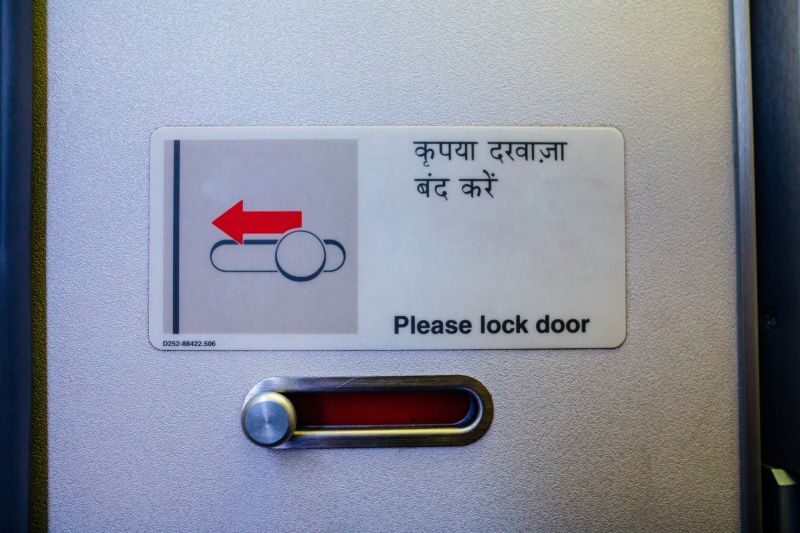Would you continue to sell a lock based on technology that has been known for 14 years to be trivially easy to hack? Of course not! But Scantron in Denmark has merrily been foisting insecure locks on unsuspecting Danish apartment administrators. Even after a worried renter told them about the problem in several emails and even physical letters (!), they ignored the problem. It took a media shitstorm to make them realize the errors of their ways.
Digital locks have an asymmetric risk/reward profile. The reward is small – you save a little by not having to administer physical keys and re-key locks. The risk is huge – someone might copy a key, turn it into a master key, and rob hundreds of apartments.
When you are evaluating digitalization projects, be very careful about those with such an asymmetric profile. Almost every organization has digitalization projects with a better risk/reward balance than digital locks…










